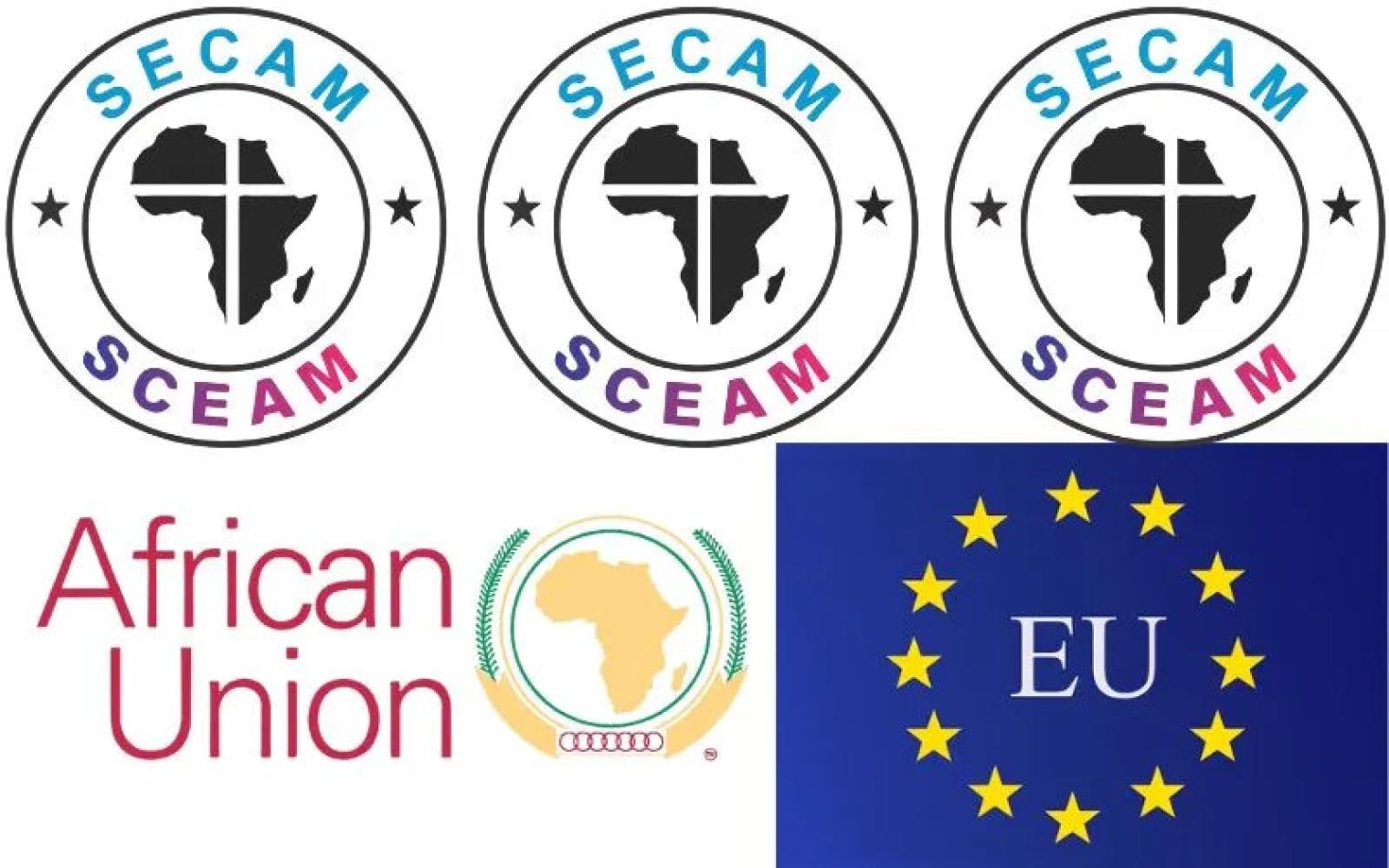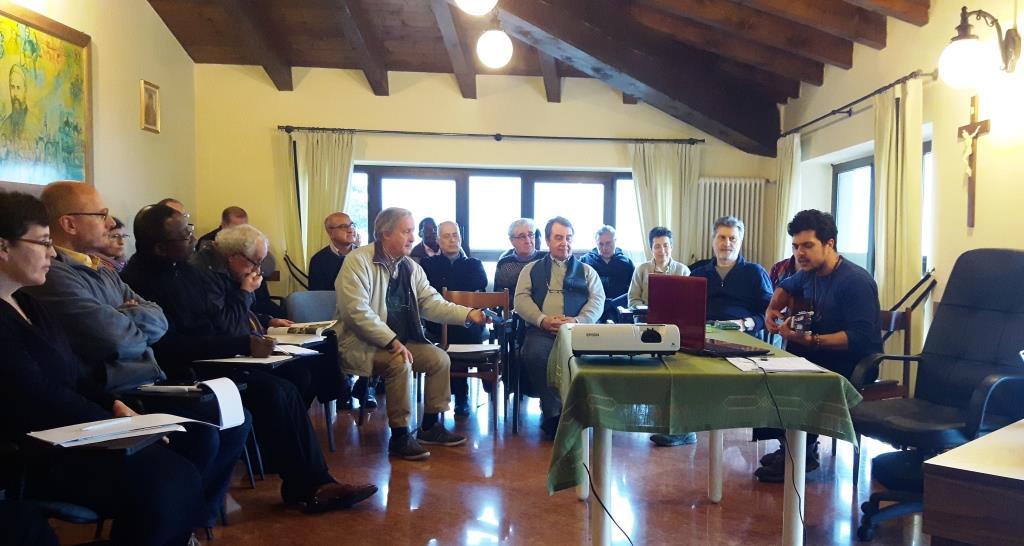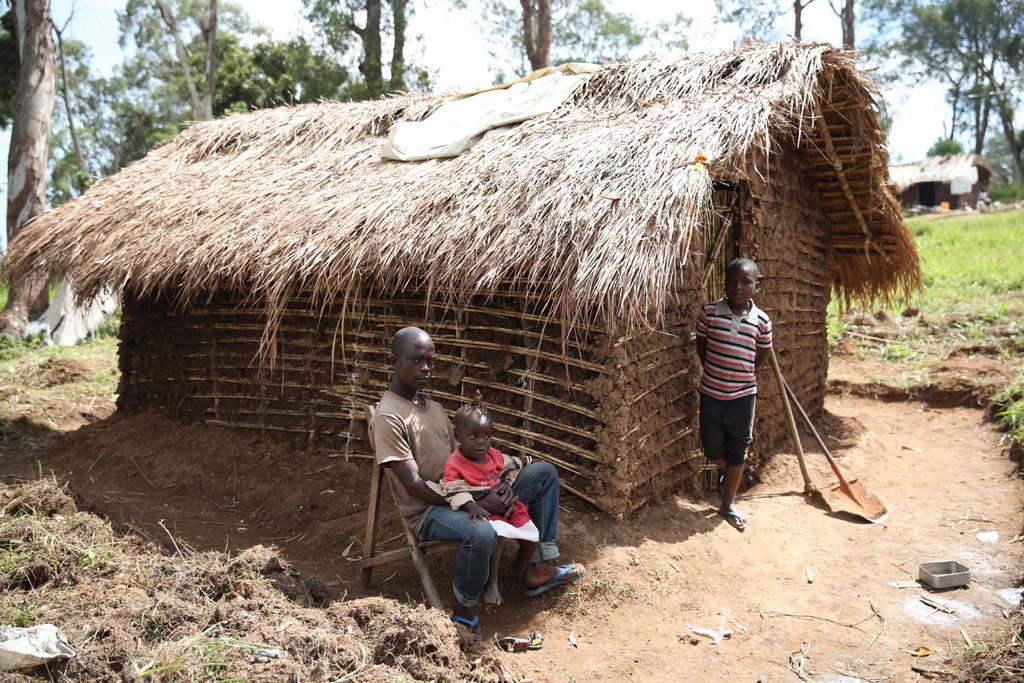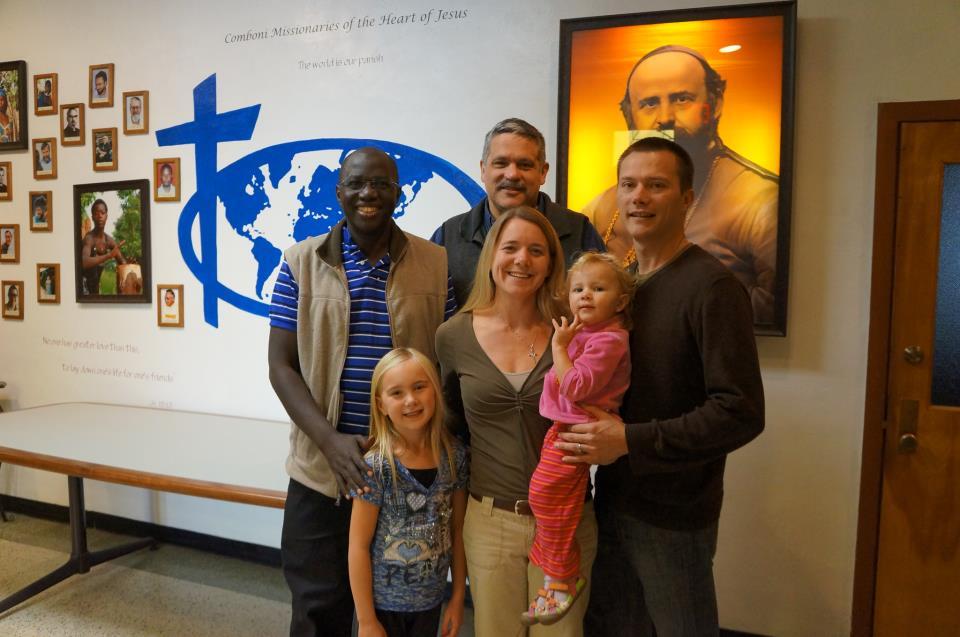Daniel Comboni
Missionários Combonianos
Área institucional
Outros links
Newsletter
Monday, September 23, 2024
The Justice, Peace and Development Commission (JPDC) of the Symposium of Episcopal Conferences of Africa and Madagascar (SECAM) has urged the European Union (EU) and the African Union (AU) to ensure that EU biodiversity conservation funds do not lead to the displacement of indigenous communities in Africa. [Agnes Aineah – ACI Africa]
SECAM’s JPDC is one of the supporting partners of the "Protecting the Human Rights of Indigenous Peoples and Local Communities to Halt Biodiversity Loss" policy brief that CIDSE, the umbrella organization for Catholic development agencies in Europe and North America, launched on Tuesday, September 17.
In a September 17 statement, the peace and justice entity of the Catholic Bishops in Africa notes that indigenous and local communities on the continent are managing an estimated 80 percent of the world’s remaining biodiversity. Reiterating the call in the CIDSE policy brief, SECAM-JPDC says that any efforts to mitigate biodiversity loss should therefore respect the rights of the indigenous peoples, and not threaten their livelihoods and stability.
“As one of the partners that first launched the policy brief …SECAM-JPDC reiterates the collective call for a new conservation paradigm that respects and protects the rights of indigenous peoples and local communities, who are estimated as managing 80 per cent of the world’s remaining biodiversity,” the SECAM’s entity says.
In the September 17 statement, the officials of the peace and justice development arm of the Bishops in Africa reiterate CIDSE’s call for the abandonment of "fortress conservation" approaches in favour of co-management models that empower Indigenous Peoples and local communities to protect biodiversity in partnership with global actors.
“This means avoiding any kind of displacement, promoting conservation approaches that integrate humans and nature and ensuring biodiversity finance is managed and monitored by local communities,” the SECAM entity says. The entity has urged the EU to ensure that biodiversity projects secure the approval of indigenous communities, “in line with international human rights standards.”
“Meaningful and active participation of local communities should also be ensured,” SECAM-JPDC says, adding that biodiversity financing must also be redirected to support sustainable practices such as agroecology and pastoralism. Such practices, the SECAM entity says, SECAM-JPDC enhance biodiversity while safeguarding the rights and livelihoods of indigenous peoples and local communities.
In the policy brief, CIDSE, the international family of Catholic social justice organizations working for transformational change to end poverty and inequalities, has expressed regret that indigenous, peasant, pastoralist and local communities’ traditional knowledge is “rapidly disappearing” as governments, international organizations, conservation organizations and private investors promote industrial agriculture, intensive animal farming and technological fixes, and prioritize “top-down” and “expert” approaches to biodiversity conservation and adaptation to climate change.
CIDSE gives the example of the Maasai in Tanzania who in recent years have reportedly been targeted by the government of the East African country that CIDSE says “is using conservation as a pretext to evict them from their lands.”
According to CIDSE, “millions of dollars” provided by international donors to create “protected areas” have instead promoted hunting and large-scale tourism and violated the rights of indigenous peoples in the East African nation.
Agnes Aineah – ACI Africa




